The portrait, usually commissioned, was one of the most popular expressions in the art world — a claim to identity and a subtle exercise in status, a visual declaration that said, “I exist, and here’s the proof it matters.” We can’t escape looking at other people’s faces, and our brains are wired to see expressions in the inanimate world around us. The early, subconscious processing allows us to attribute identity, emotion, or intent to the simplest of forms. A circle, two dots, a house can look like they’re smiling if you look long enough. Subjected to the scrutiny of the viewer, the portraits stopped smiling a long time ago. They’ve since learned to play, engage and respond to the viewer’s gaze.
Whatever is new about this show is not yet visible presents the portrait as a reflective space, where art no longer carries the weight of personal projections but transforms itself into a medium for renegotiating our presence in the world. Exposure is no longer an option; it has become an inevitable condition, a continuous loop of transaction-feedback, where emo tions like shame, fear, and confusion dissolve into fleeting light impulses.
The works question the viewer’s place in the visual economy. We have always struggled to control the gaze, only to find ourselves conforming to the norms shaped by it. The exhibition explores how these dynamics may shift when we understand the portrait not as a fixed image but as a fluid, continuous flow of vision. Who is this person really? Who are we to the subject, and who are they to us? The portrait isn’t just about capturing a face; it’s about making space for everything that cannot be held, for everything that escapes the frame. It transforms from a reflection into a refusal — a refusal to be contained, to be understood in the terms set by anyone else. In the exhibition, it takes on multiple roles: a vehicle for subversion, a tool for navigating social and economic networks, a battleground for renegotiating the gaze, especially within the context of identity.
Through these portraits, we confront the invisible labor — gestures, textures, and traces left by those who have been out of the pictures, or those who exist on the periphery but whose presence marks the fabric of the work. Portrait-algae, portrait- dress, portrait of euphoria flowing organically, evoking a body that lacks a place of belonging. Silent but unwavering.
text by Daniela Custrin
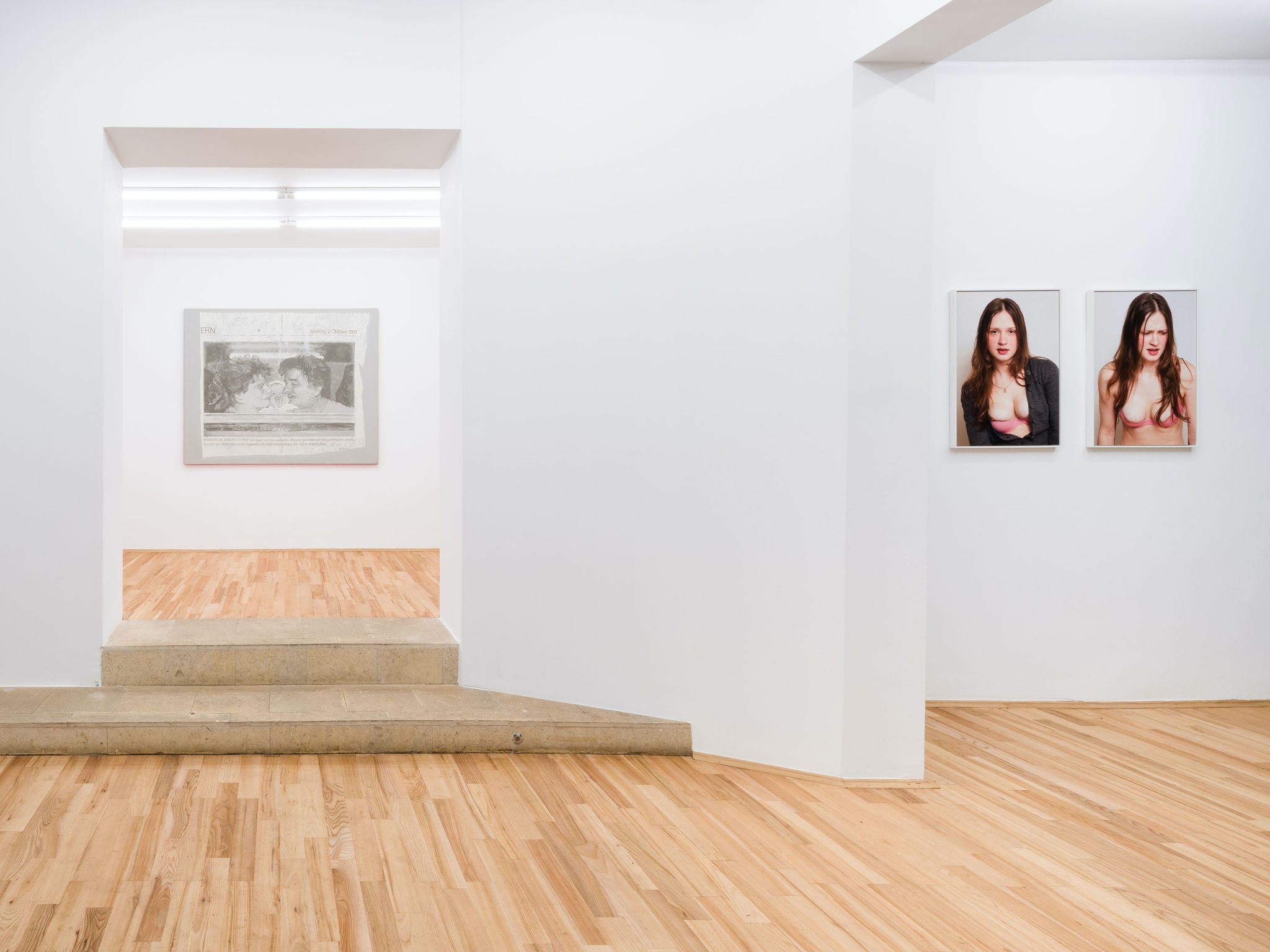
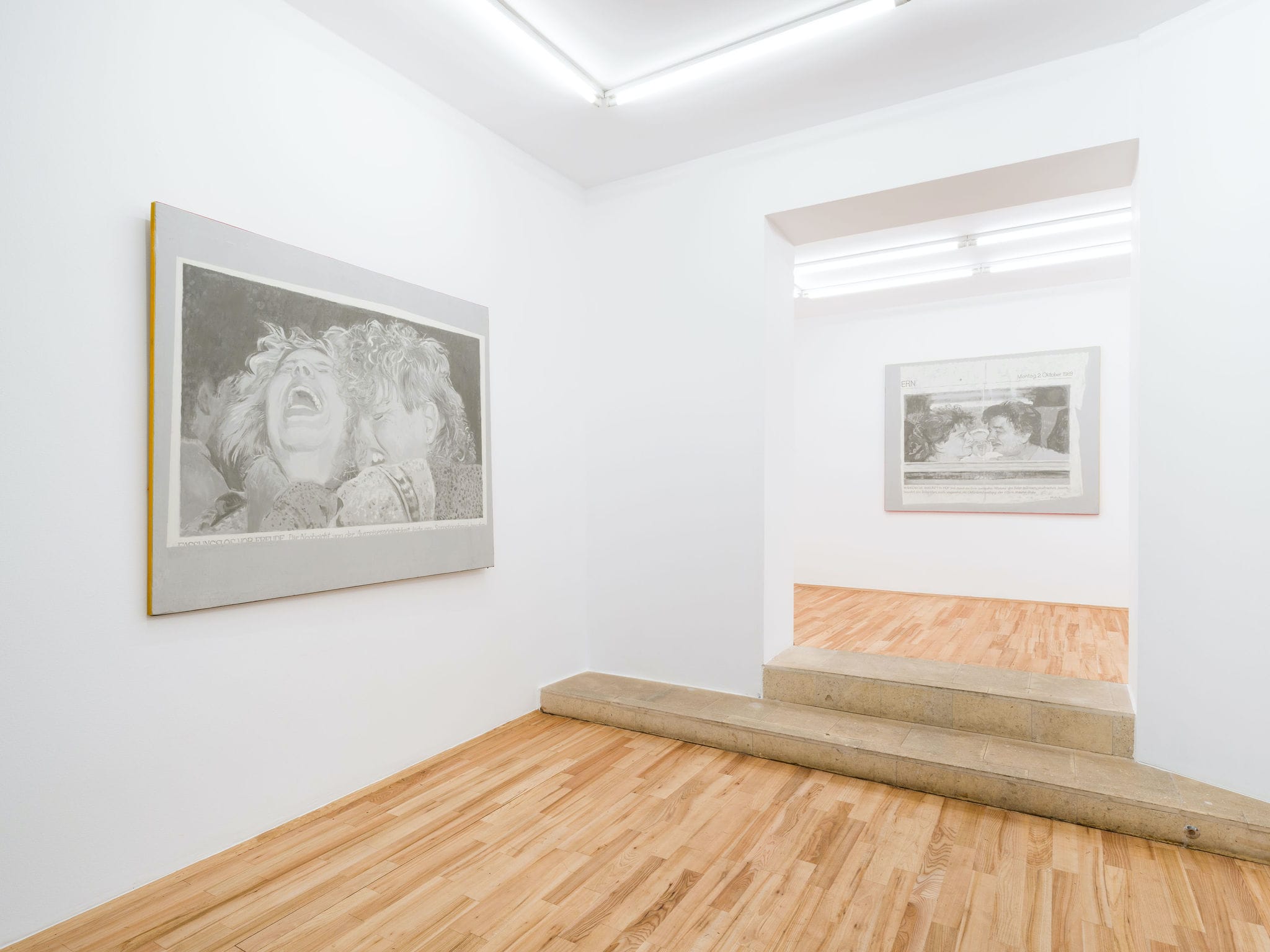
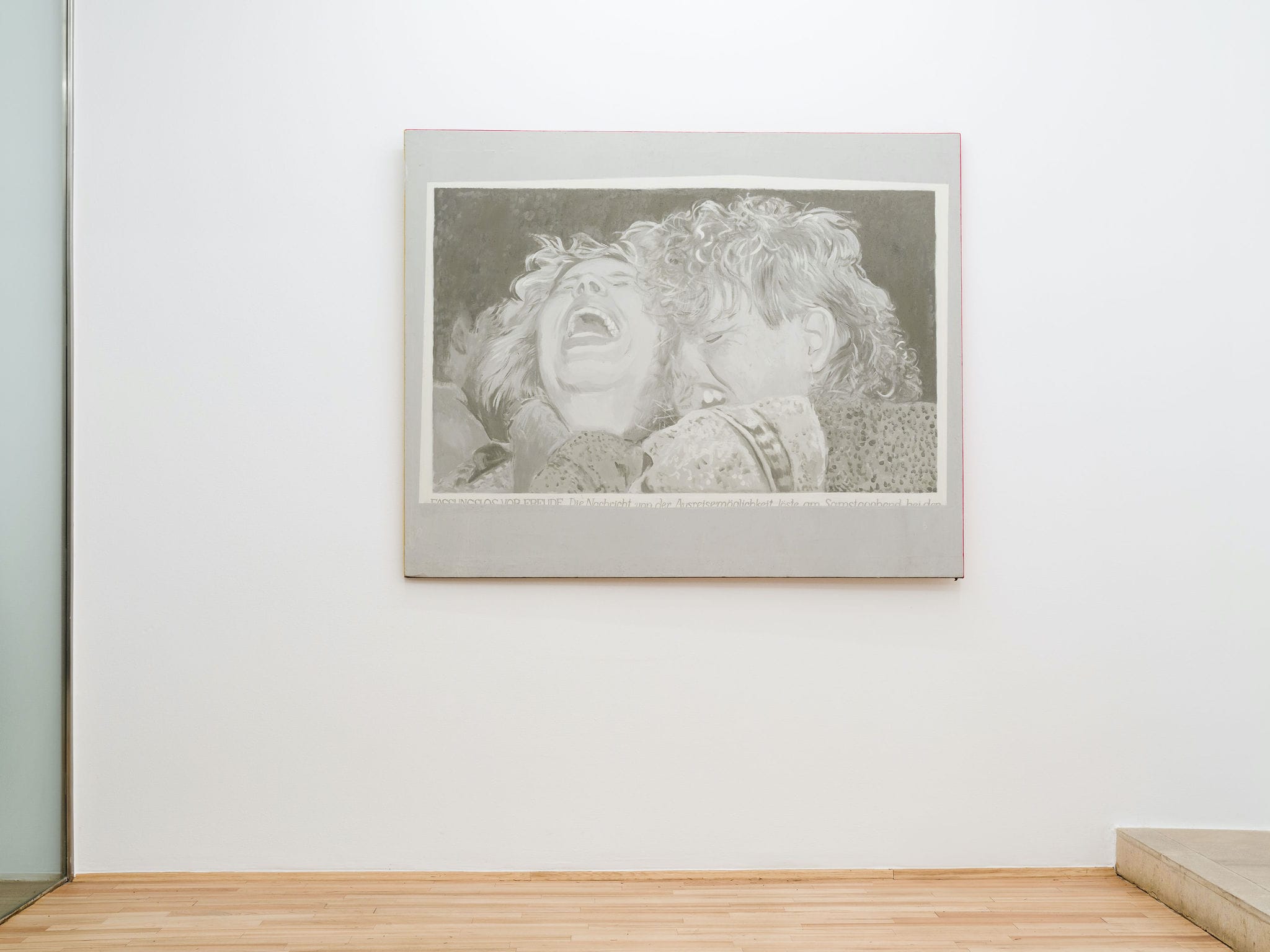
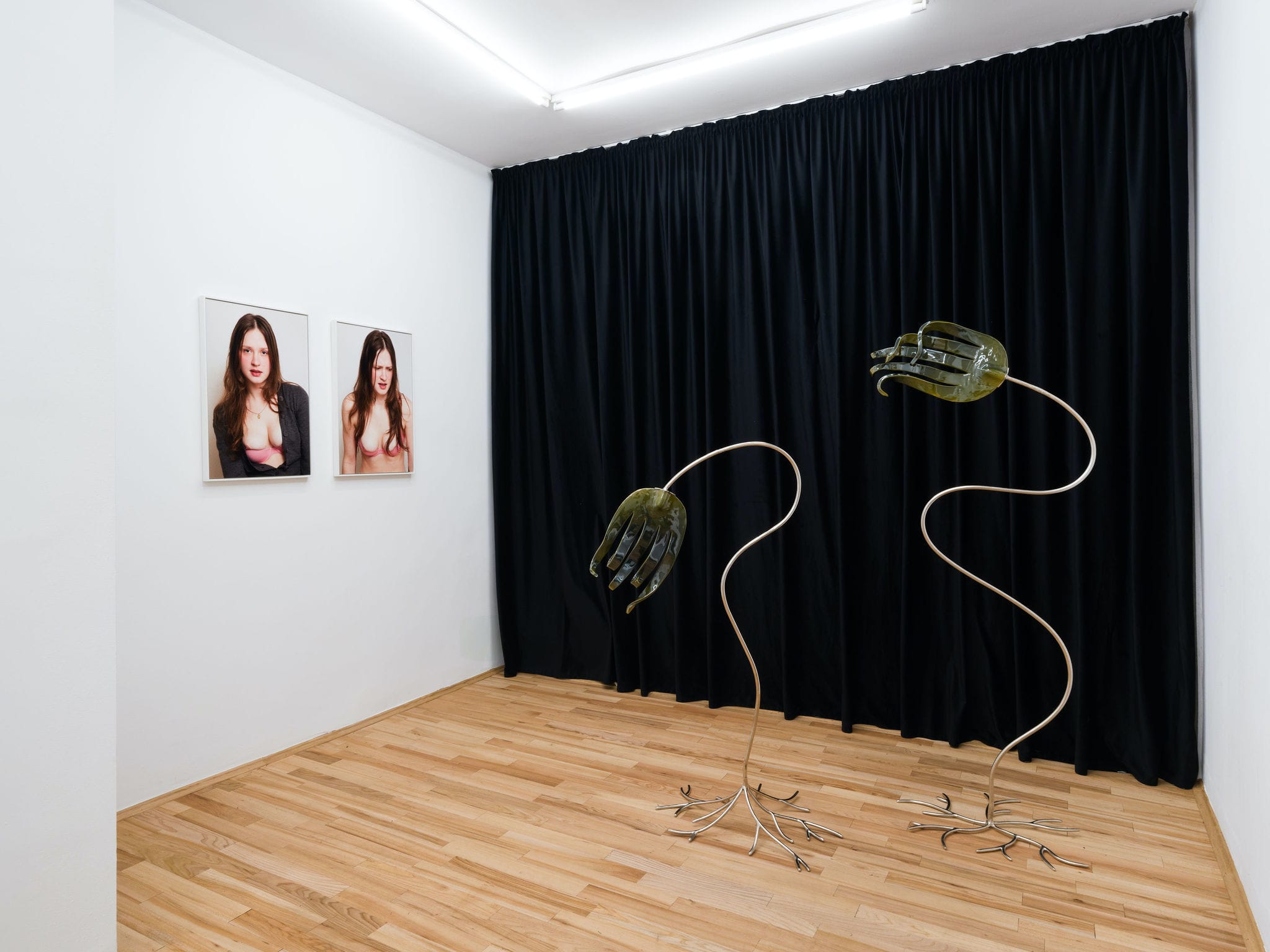
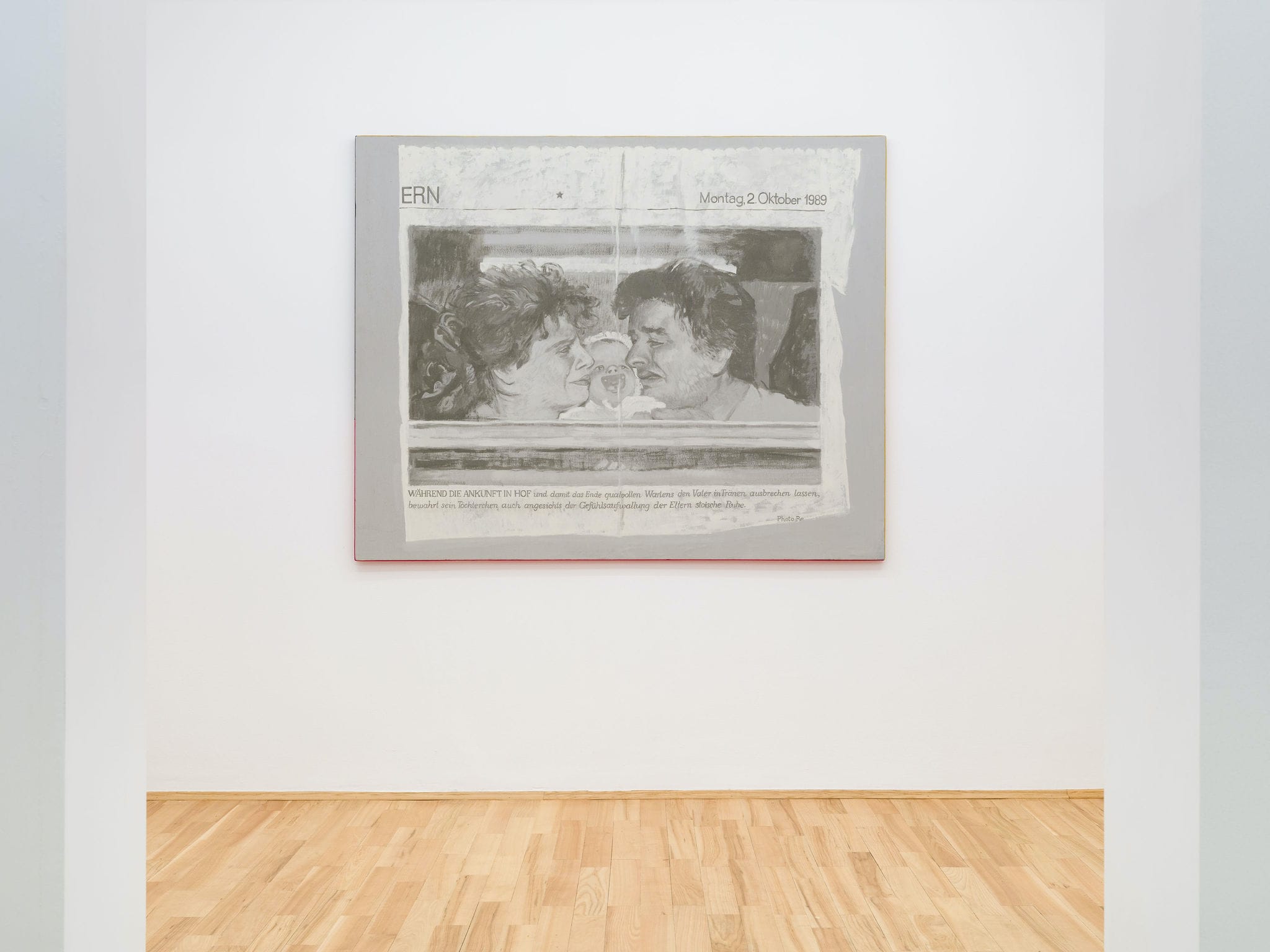
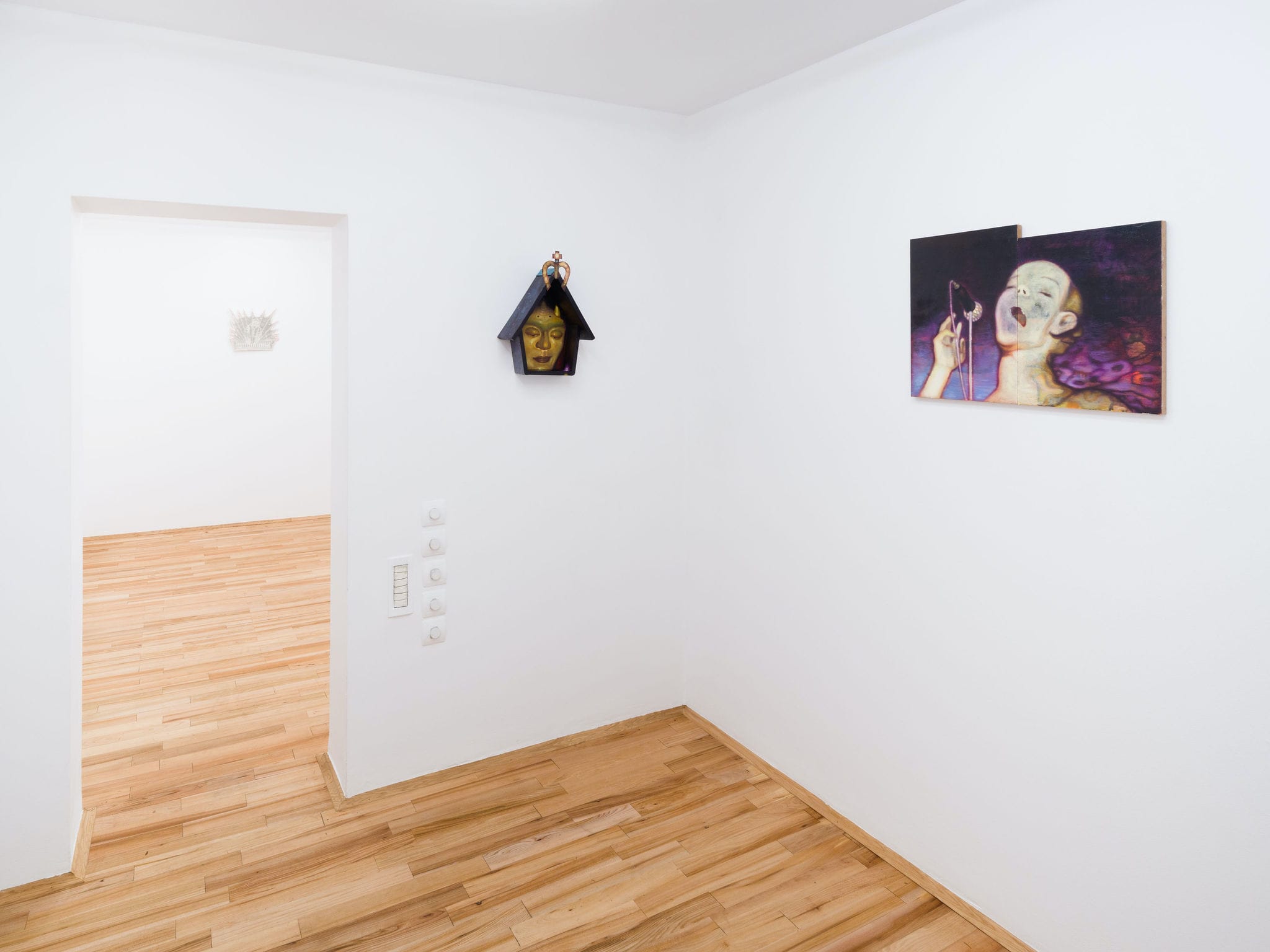
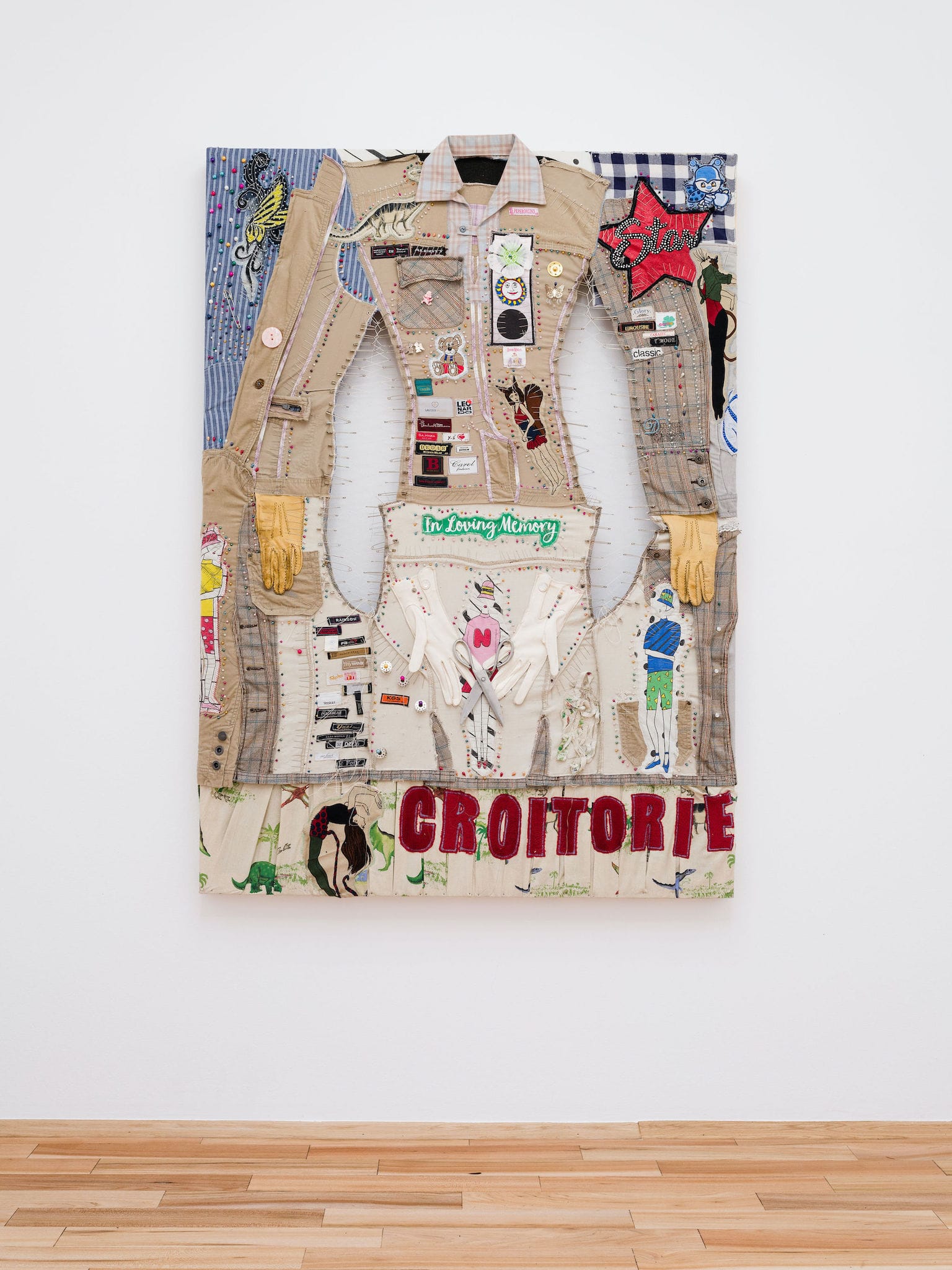
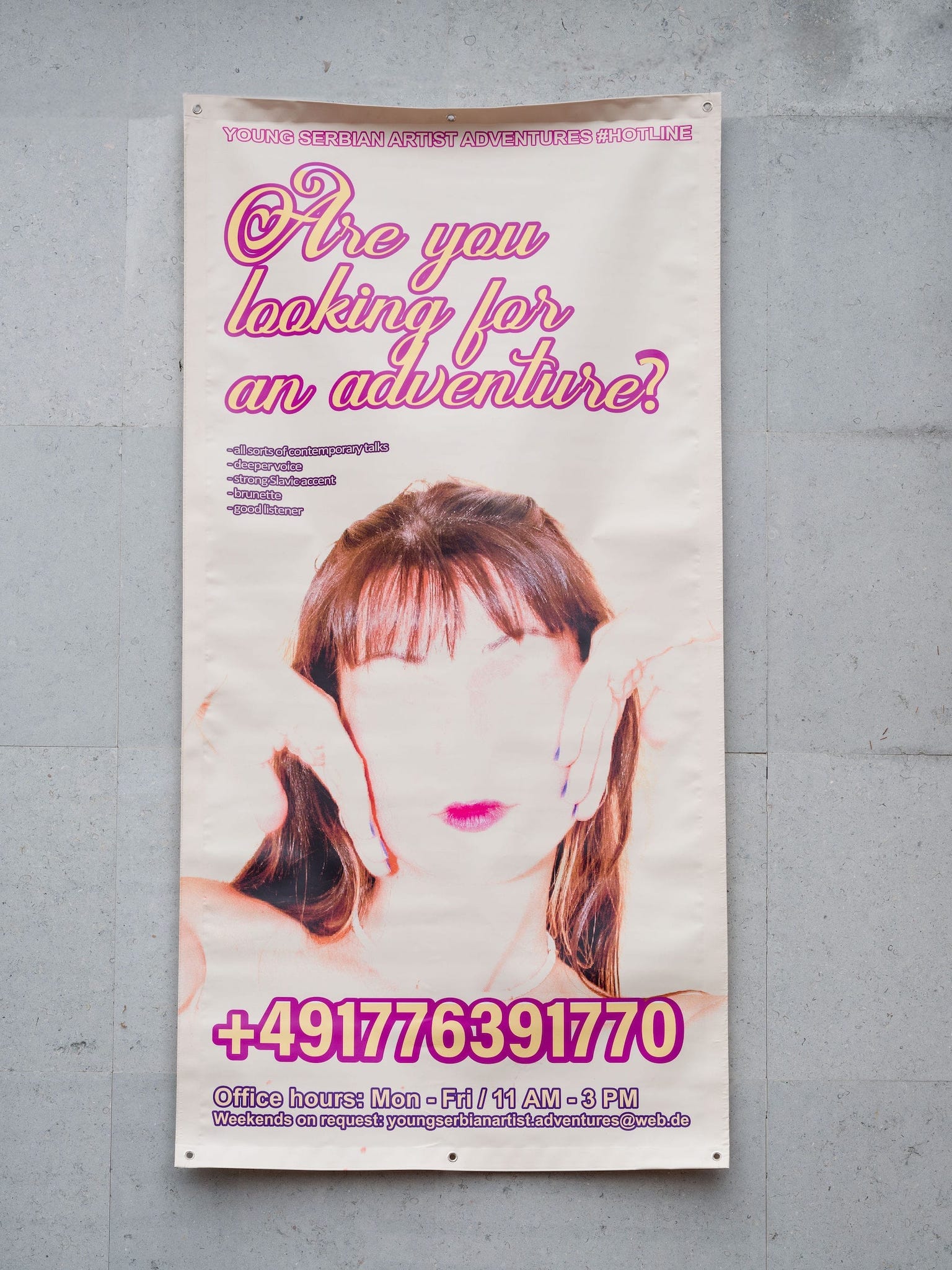
Young Serbian Artist Art Hotline, 2024
multimedia performative campaign
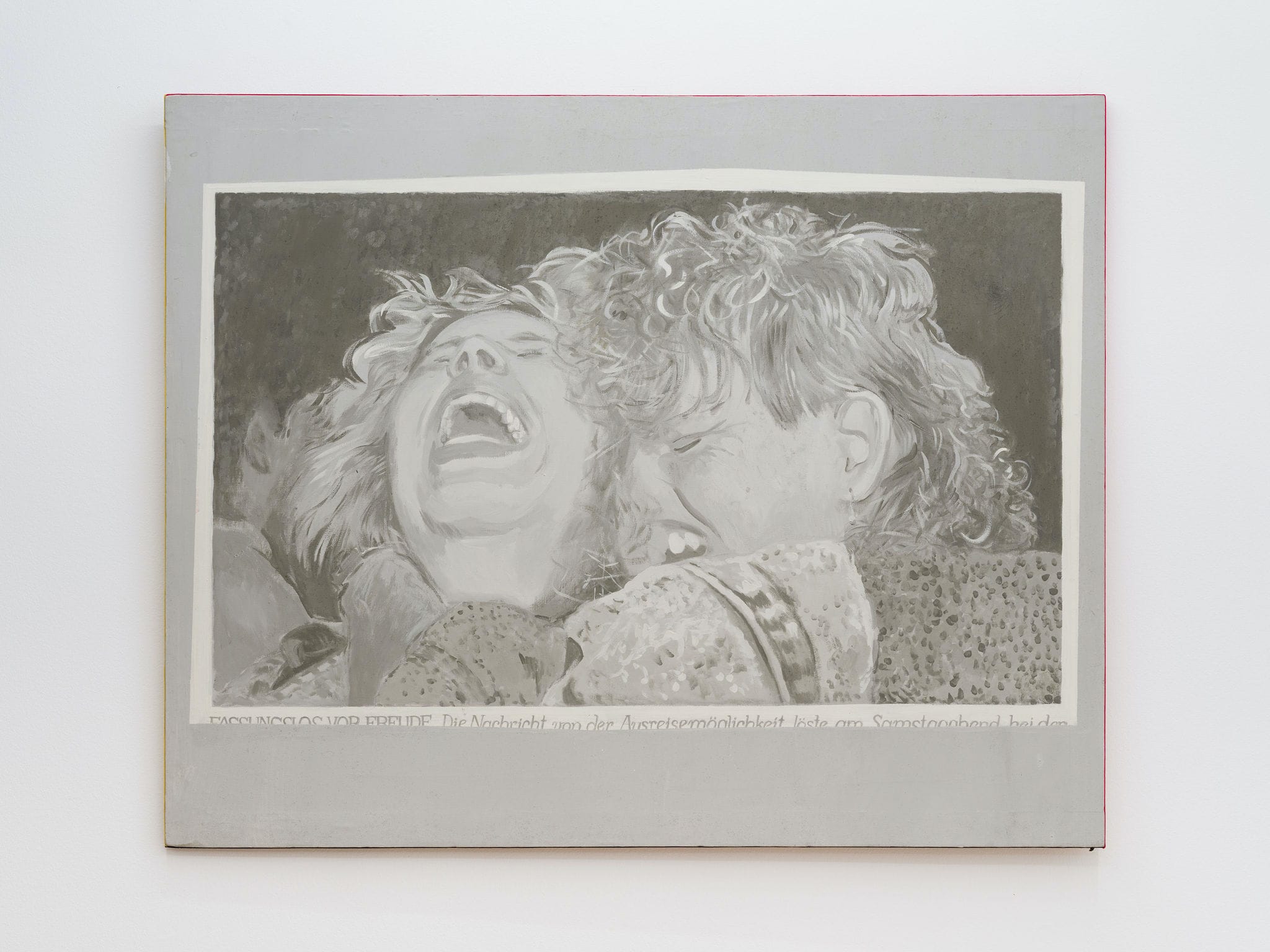
Reunirea Germaniei II (IMENSA BUCURIE), 1989
acrylic on canvas
120 x 150 cm
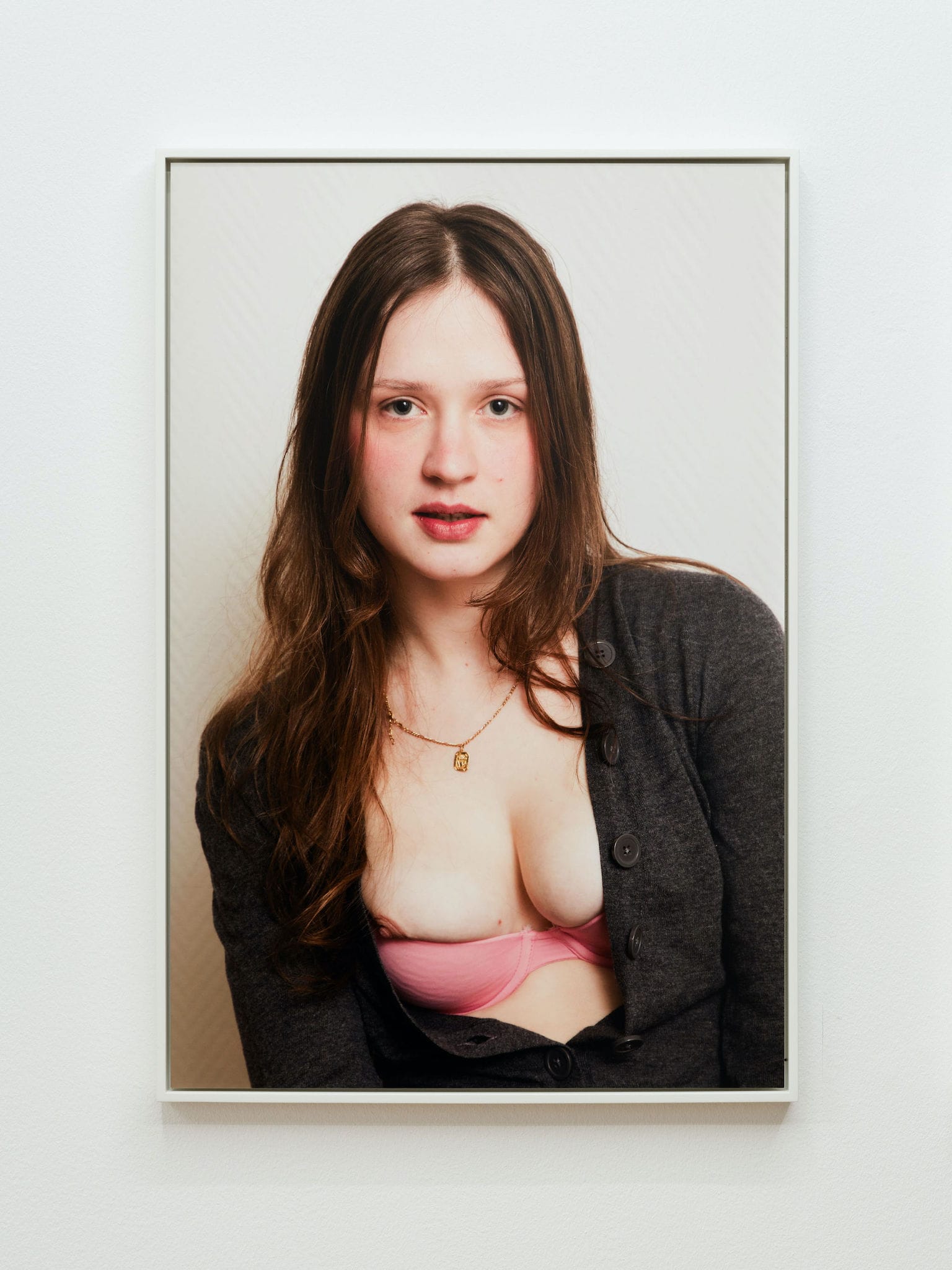
Erika 1/2, 2023
fine art print on semi-gloss photo paper
44.9 x 67.5 cm
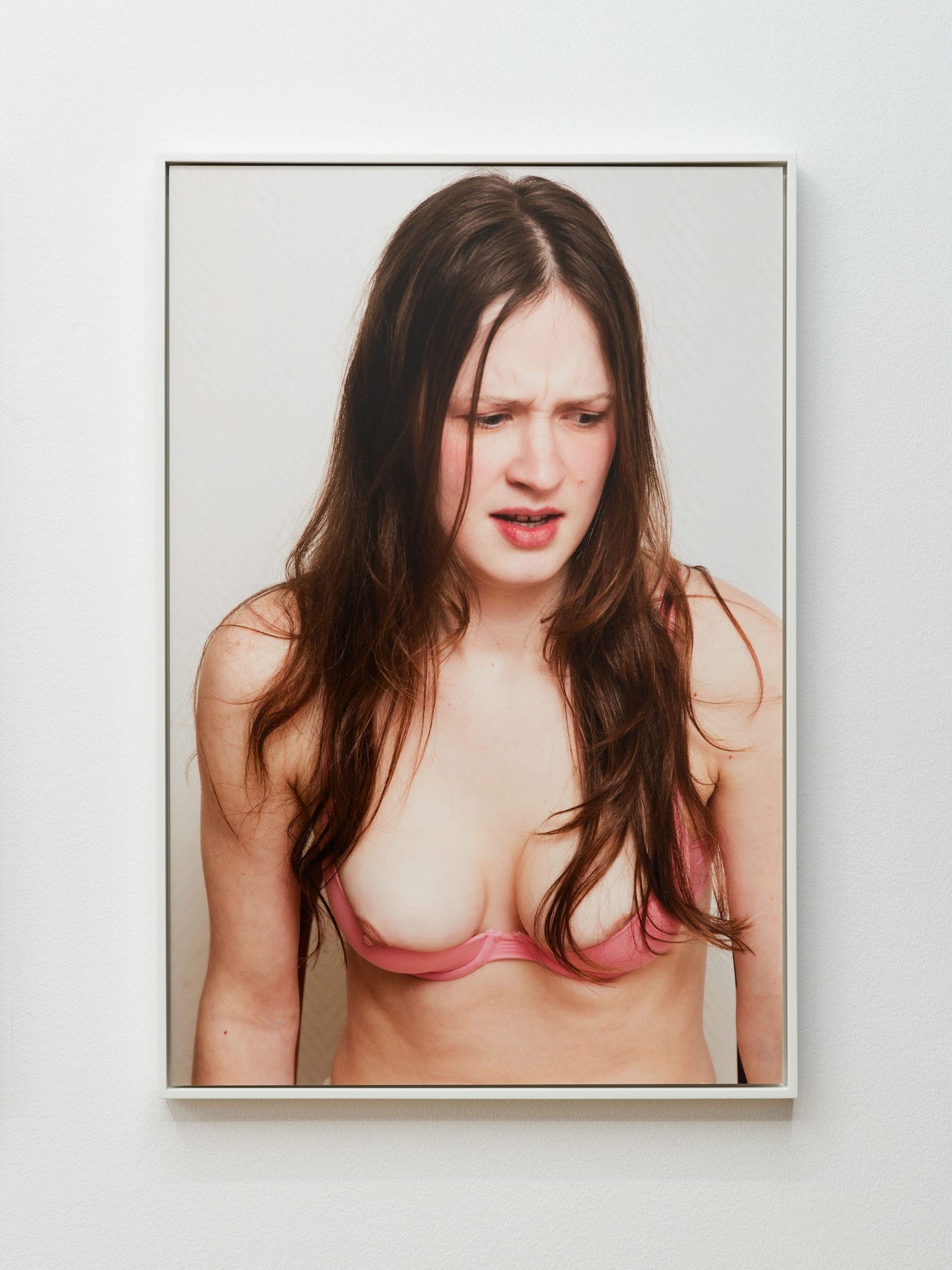
Erika 2/2, 2023
fine art print on semi-gloss photo paper
44.9 x 67.5 cm
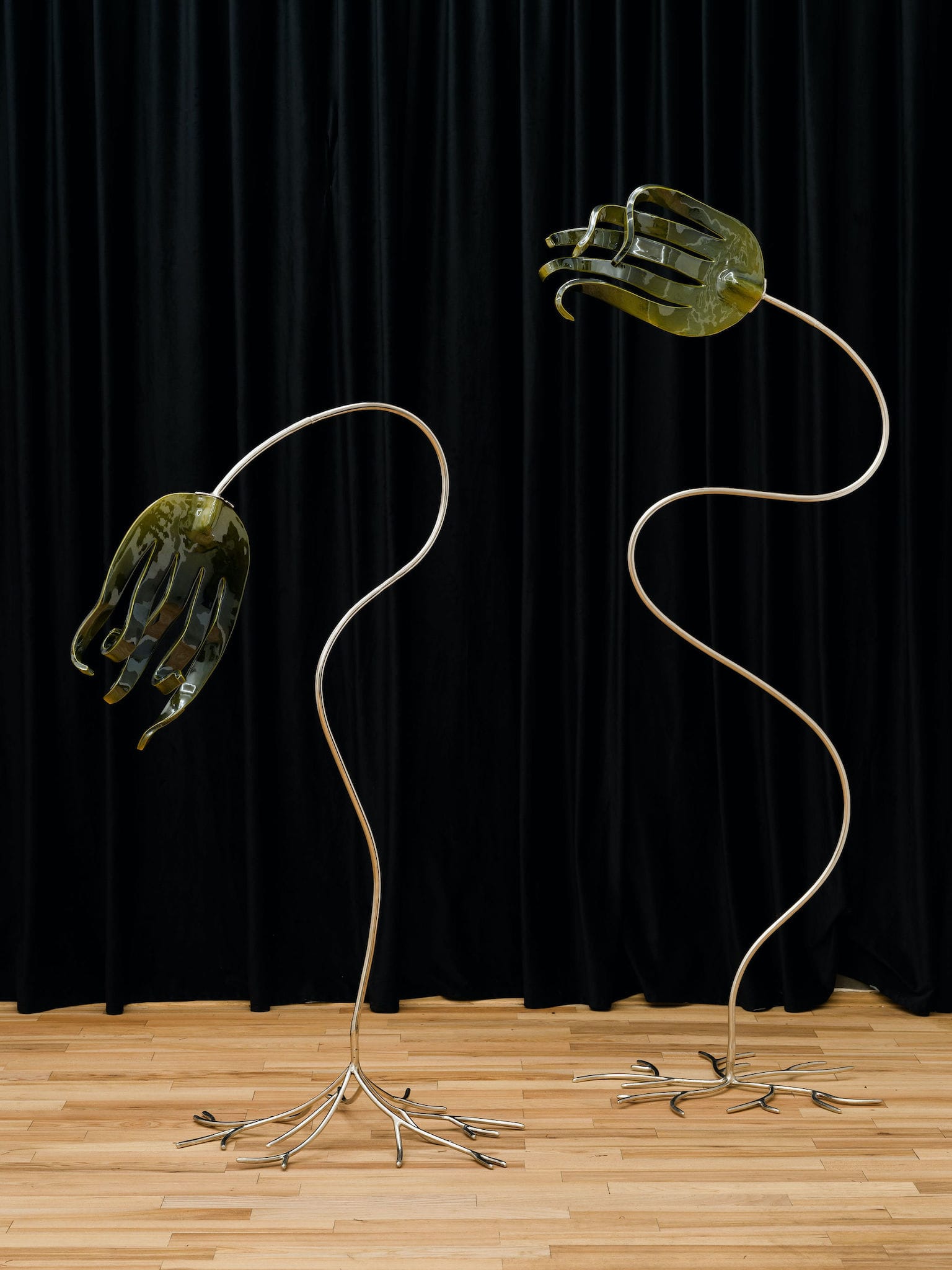
Laminaria Digitata, 2024
glazed ceramics, stainless steel
cca. 170 x 95 cm; cca. 127 x 70 cm
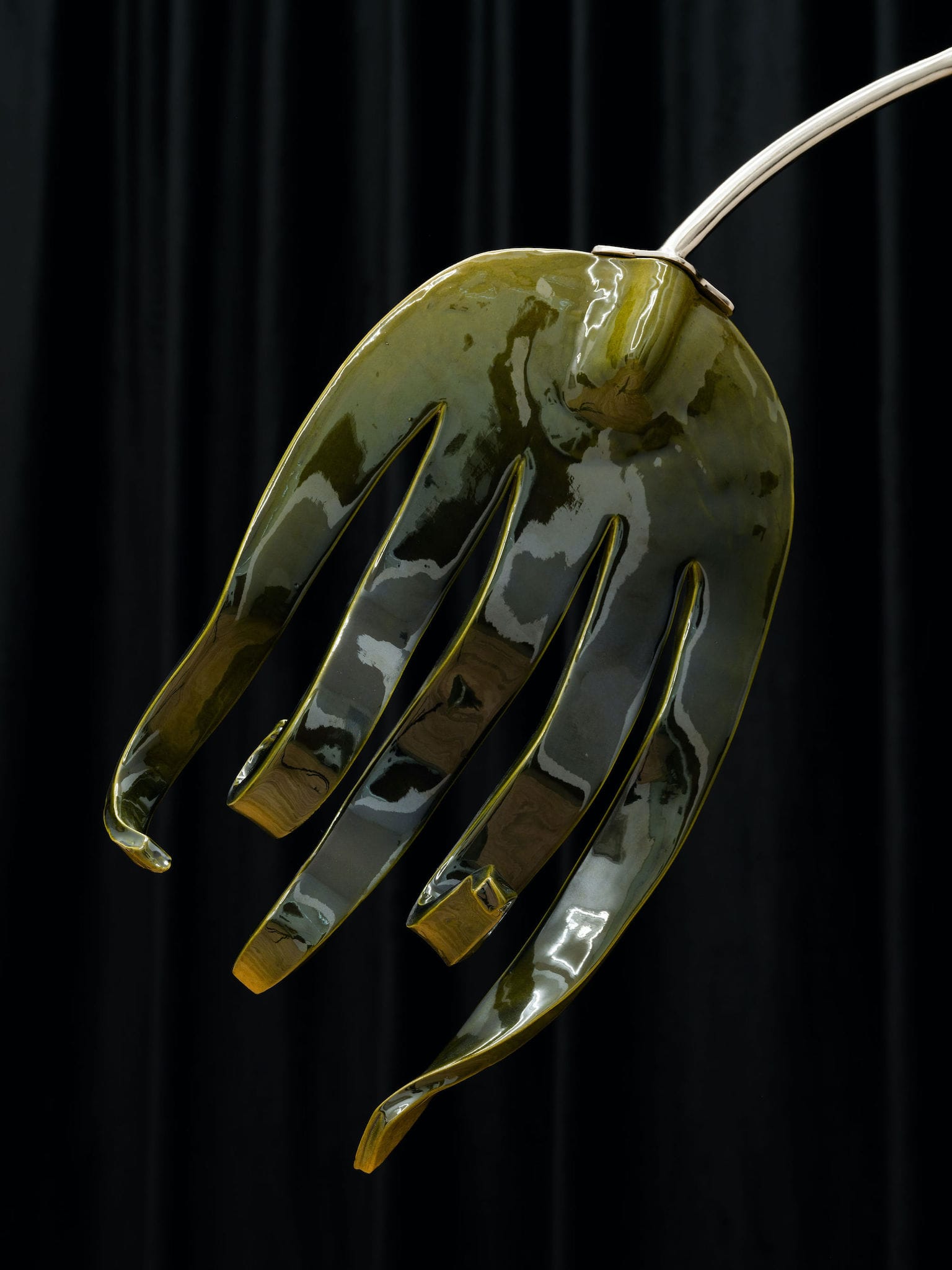

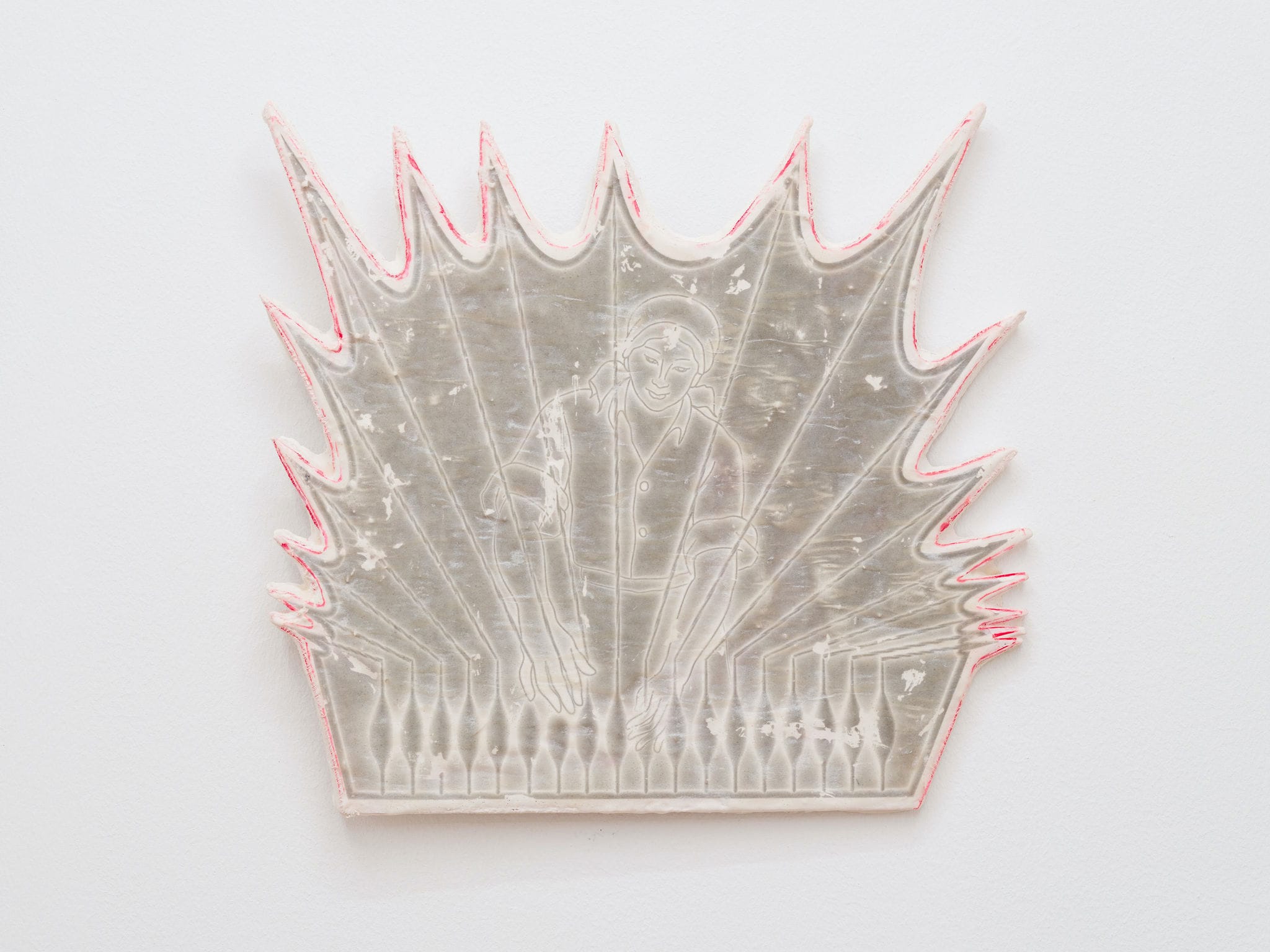
Possible Portrait of General Ned Ludd no.1, 2024
water-based resin transfer, paint
34 x 37 cm
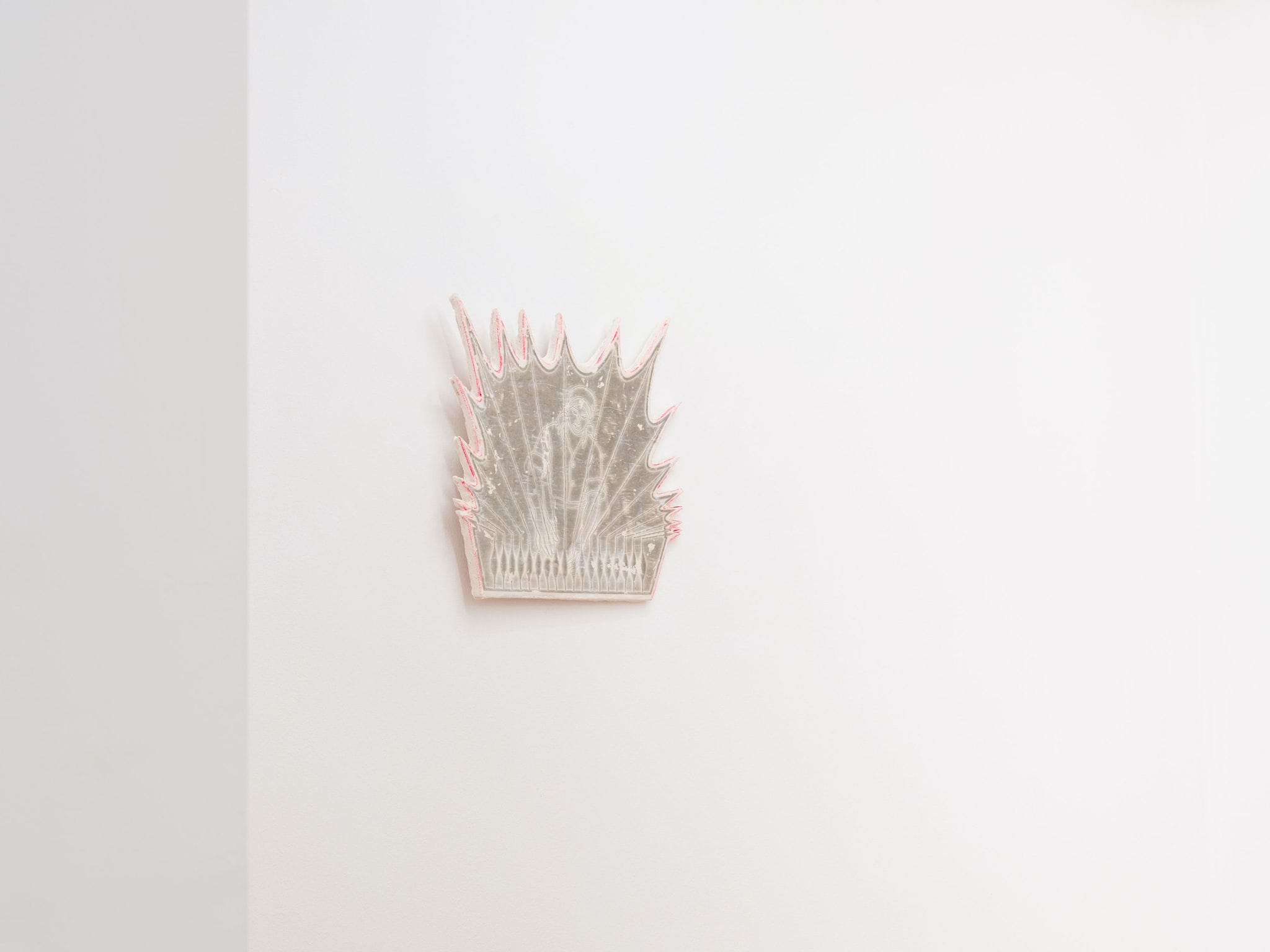
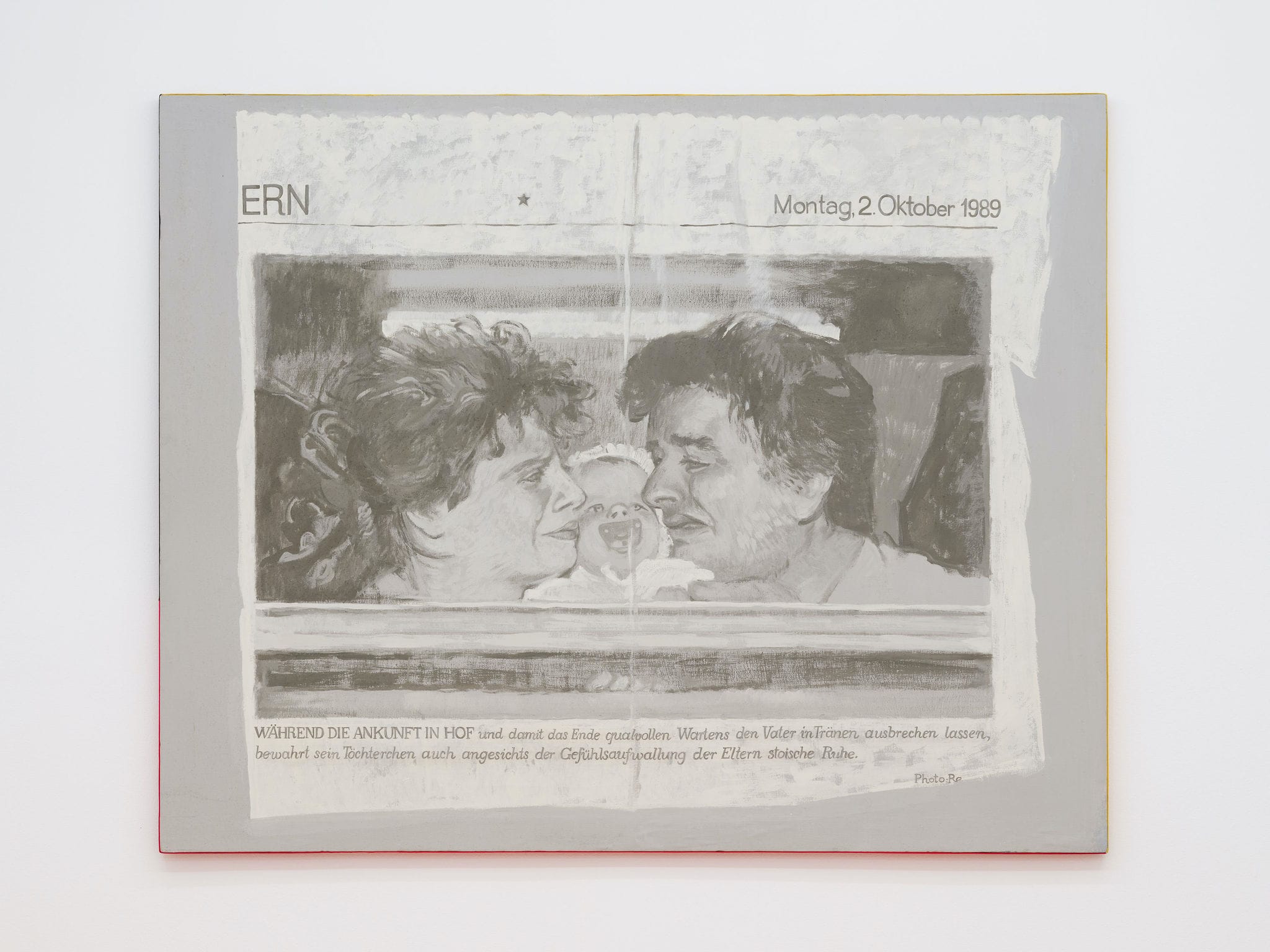
Reunirea Germaniei I (SOSIREA IN HOF), 1989
acrylic on canvas
120 x 150 cm
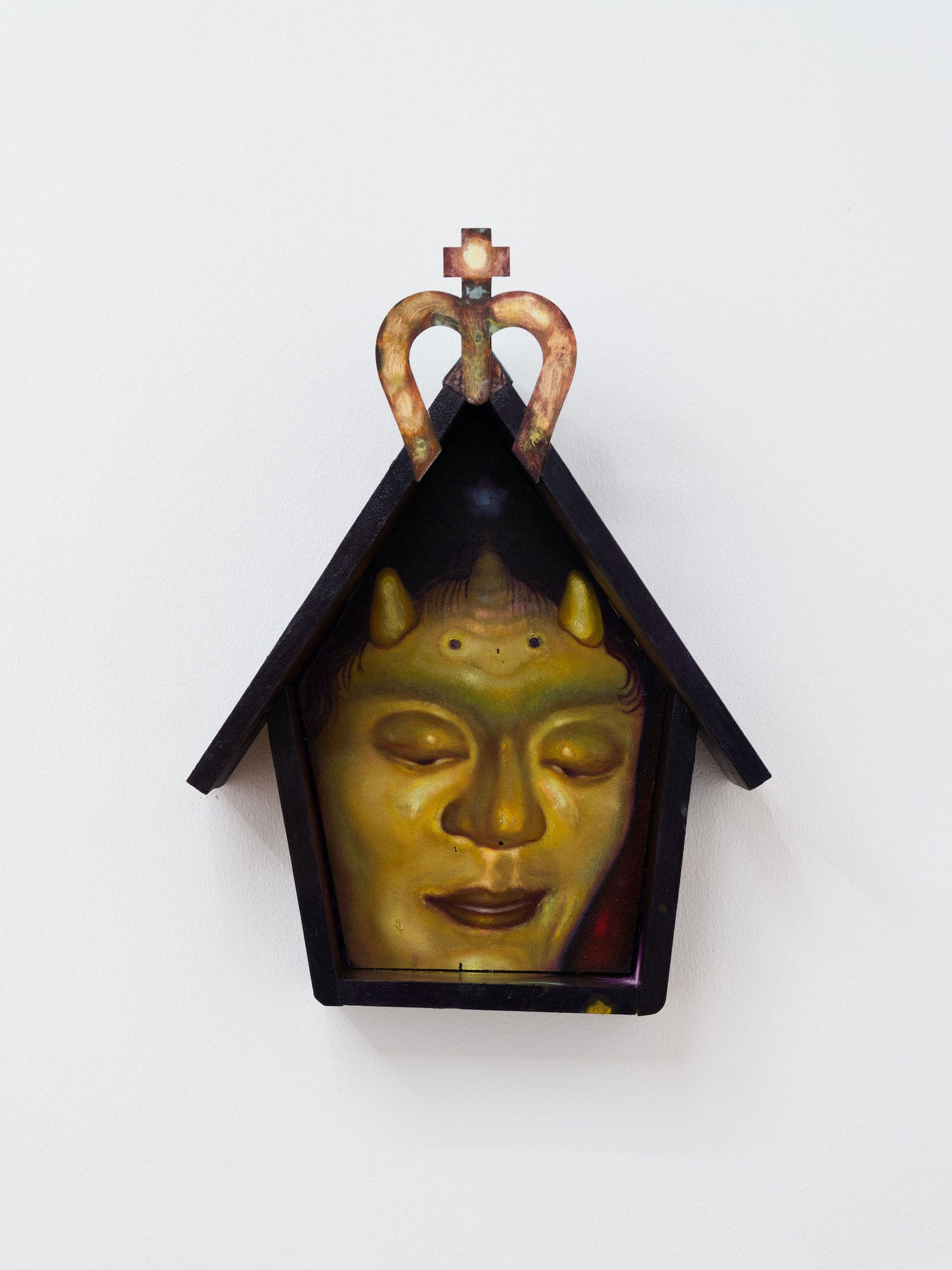
A nest where I can rest, 2024
oil on wood
14 x 32 x 44 cm
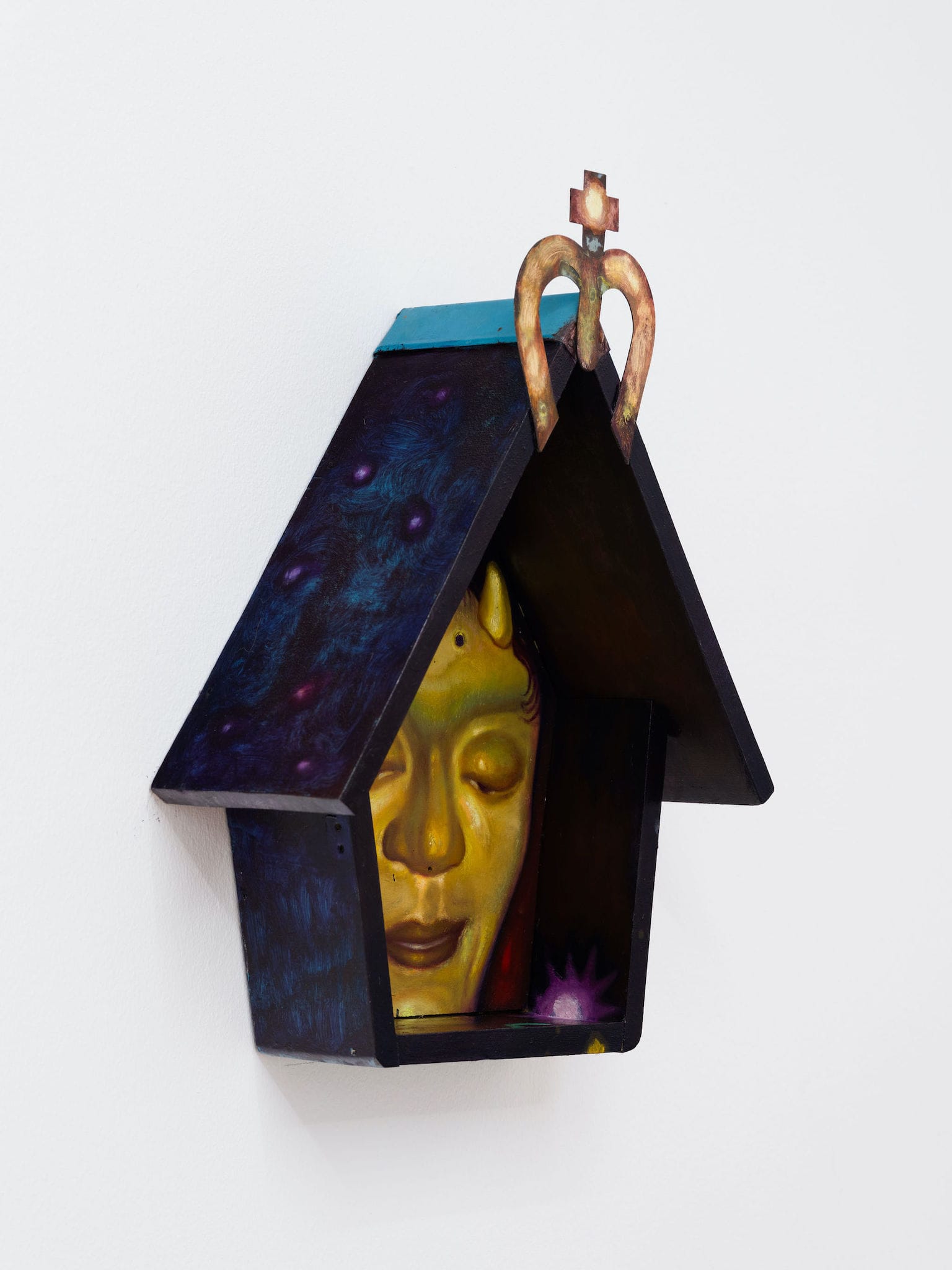
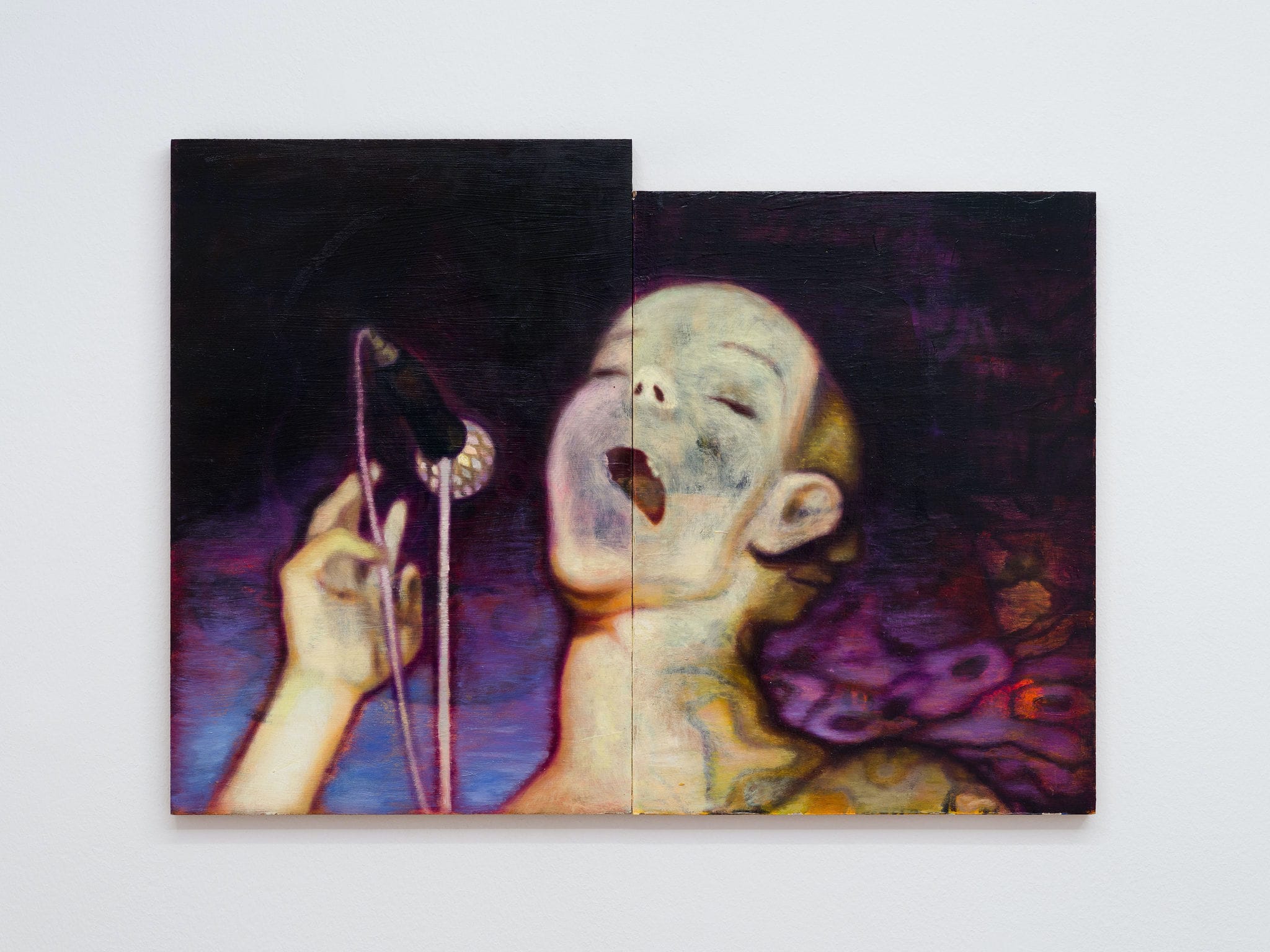
Janus Superstar, 2024
oil on wood
45 x 60 cm
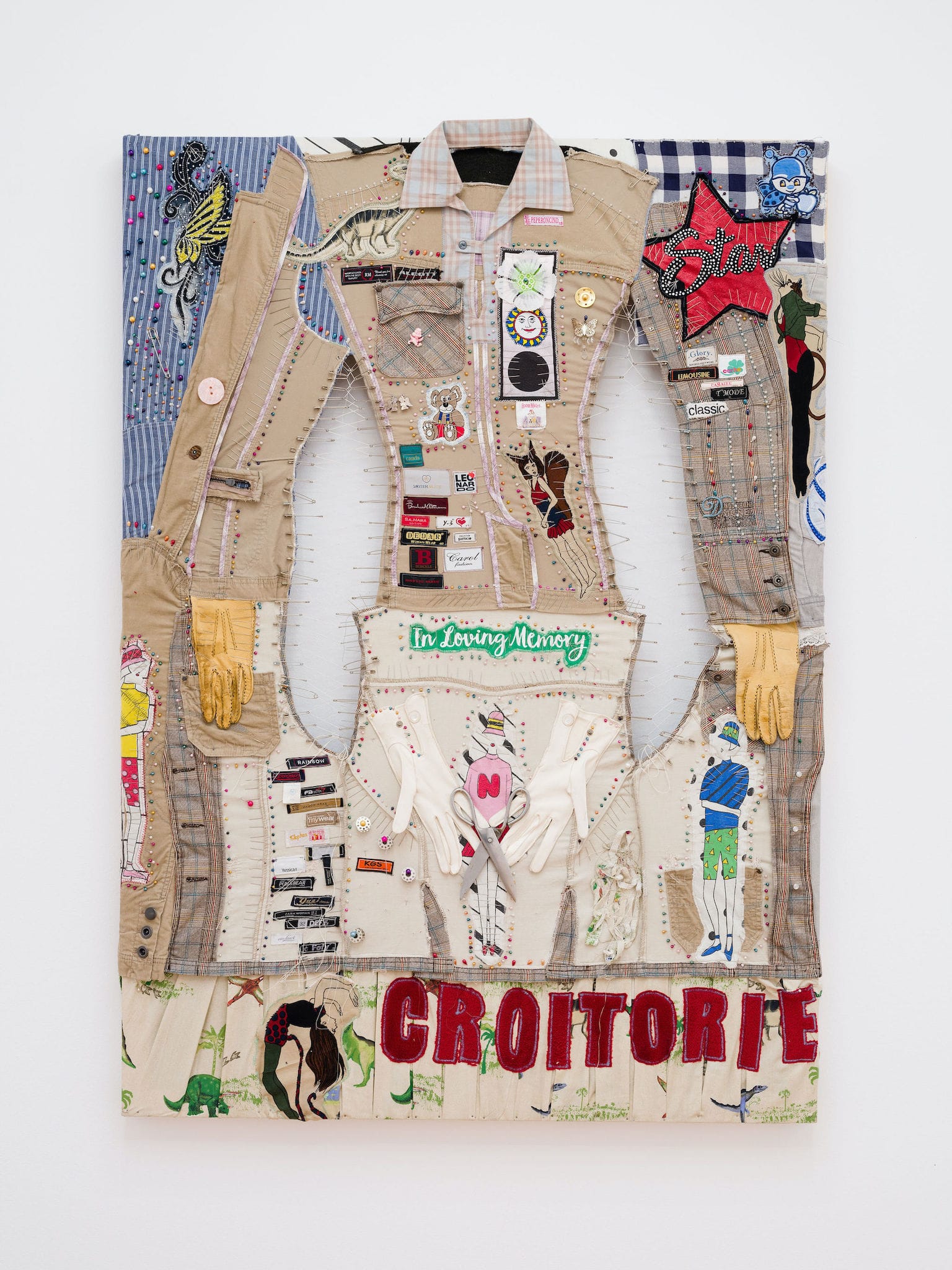
In Loving Memory, 2024
thrifted clothes, safety pins, scrissors
100 x 140 cm
Artists
Claudia Moraru (b. 1999) is a Romanian photographer based in the Netherlands whose practice revolves around human interaction and making visual poetry inspired from the seemingly insignificant mundane observations that add a layer of nostalgia to the everyday life.
Stol Collective (Ioana Micu, Mara Verhoogt, Anio Ciutac, Marco Verhoogt) is a based art collective united with the purpose of making socially engaged and multidisciplinary projects. They are interested in encounters with others, human and non-human and in ways in which we can make art with and for co-habitation.
Lorena Cocioni (b. 1995) lives and works in Bucharest. In her practice, she often uses the body senses and the ritual component of everyday actions, such as washing, combing hair, (un)dressing and taking care of the body. From the use of delicate pink hues, feathers, toiletry soaps to glass and metal shapes, she brings together different materials alongside her ceramics. She plays with them creating apparently fragile, yet very consistent works that resemble an almost ancient past, as well as a blurred future.
Nadja Kracunovic (b. 1996) is a Serbian-born artist based in Berlin, Germany. Her interdisciplinary art practice intersects performance, visual arts, and theater, focusing on the personal experience of survival. Born to a single mother in the Balkans, she investigates how gender, sexuality, citizenship status, dis/ability, family relations, and social norms are embedded in the cultural realities of a woman. As a professional crier and advocate for self-governing communities and a dystopian nostalgist, Nadja co-founded the Crying Classroom project and initiated the experimental radio station Future Nostalgia FM (2021–∞). She has also been conducting Workshops on voice, performance, and art pedagogy, specifically designed for women and youth.
Florina Coulin (b. 1947) lives and works in Augsburg, Germany. She studied painting at the Nicolae Grigorescu Institute of Fine Arts in Bucharest (1965-1971) under Prof. Octavian Angheluță. After marrying scenographer Georg Coulin in 1977, she relocated to Germany, where she joined the Augsburg Artists’ Union and exhibited widely in Europe and the US. Selected exhibitions include: Ion Grigorescu and Friends, (Mogoșoaia Palace, 2003), This part that seems to need to come out through a place in my body (Salonul de proiecte, Bucharest, 2019), Desen pentru sine (Galeria Ivan, Bucharest, 2024). Florina Coulin’s works have been acquired in private and state collections; first graphic art, until 1977 by the State Museum of the R.S. Romania, by the Painting Collections of the Bavarian State, Munich, Wertingen Art Collection, Contemporary Art Gallery of Schwabia, etc.
Cătălina Milea (b. 2000) currently lives and works in Bucharest after having studied at Universitatea de Artă și Design din Cluj-Napoca and Accademia di Belle Arti di Venezia. In her paintings the artists depicts the double-faced nature of reality as an Insider outsider. Through her infantile but tragic lens we become part of a Hide-and-seek game where presence and absence, beauty and darkness alternate. In her playful compositions and almost surrealist scenes meaning is suspended leaving space for the spectacle of the visible in itself.
Adrian Ganea (b. 1989) is an artist and set designer, who studied at the Berlin University of the Arts (UdK Berlin) and the University of Arts Târgu Mureș and is currently living and working in Cluj, Romania. His practice ranges from sculptures and 3D animations to extensive work in scenography for theatre and performance projects. Recents exhibitions and projects include: Unholy Machine, Salonul de Proiecte (2024); EARTHCAKE Biennial, Târgu Ocna (2024); Ghost Trade, Plan B, Berlin; Bird Food, site-specific intervention, Tranzit.ro, Bucharest (2021); Under Pressure, Mobius Gallery x Living Content, Bucharest (2021); The sex lives of fruit flies, Low Gallery, Riga, Latvia (2021); Cyberia, HEK Basel, Switzerland (2021).
